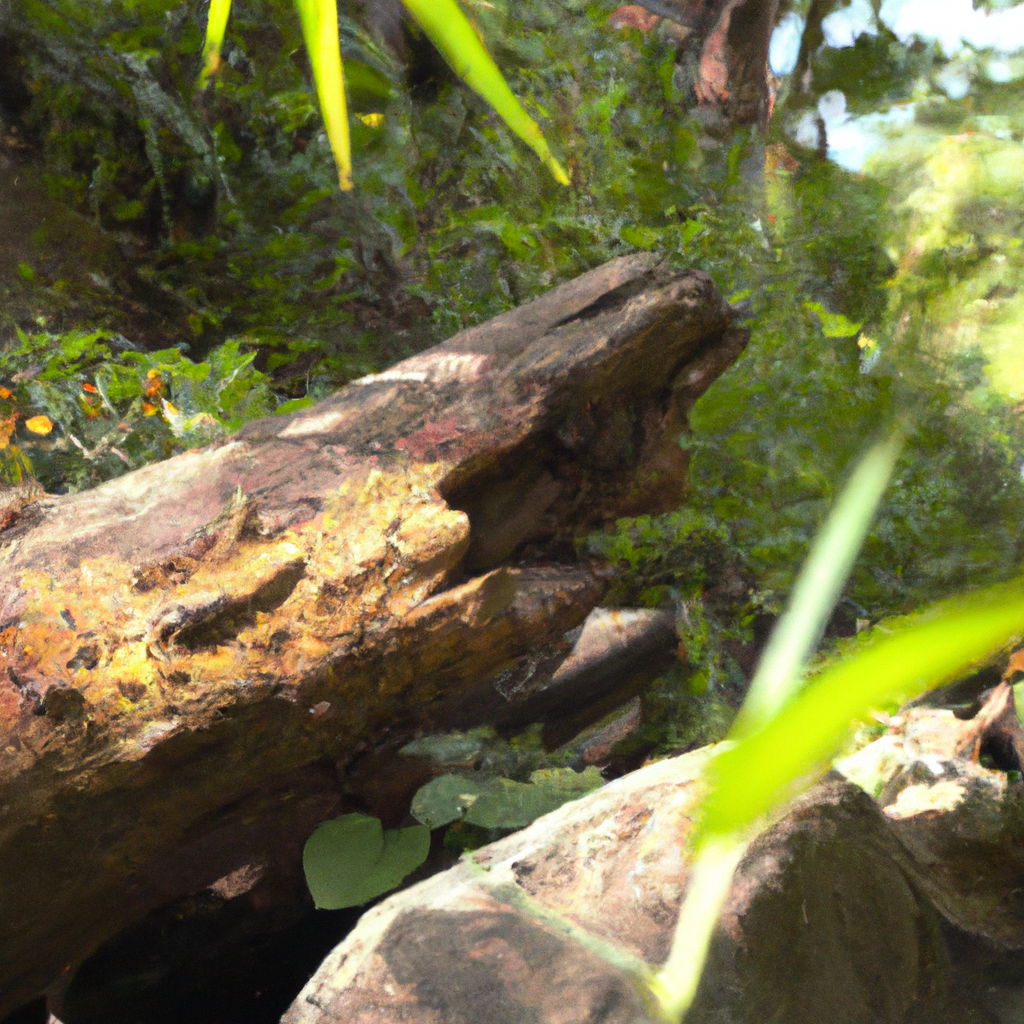Trees are fascinating organisms that have been around for millions of years. They are an essential part of our ecosystem, providing oxygen, shelter, and food for many animals. But how do we determine the age of a tree? The answer lies in the study of dendrochronology, the scientific method of dating tree rings. In this article, we will explore how tree age determination works, the process of tree ring growth, and how we can estimate the age of a tree by counting its growth rings.
The Basics of Tree Ring Growth
Trees are unique organisms that have the ability to grow and reproduce for hundreds, if not thousands, of years. But how do they do it? The answer lies in the process of photosynthesis, where trees absorb carbon dioxide from the air and convert it into energy. As they grow, they produce a ring of new wood around the stem or trunk, which forms a new layer of bark on the outside. This process is repeated year after year, resulting in the formation of growth rings that can be used to determine the age of a tree.
The Process of Tree Age Determination
Tree age determination is the process of estimating the age of a tree by counting its growth rings. This process is known as dendrochronology, which is the scientific study of tree rings. It involves analyzing the patterns of growth rings in trees to determine the age of the tree and the environmental conditions in which it grew.
The process of tree age determination begins with taking a core sample from the tree. This involves using a special tool called a corer to extract a small section of the tree trunk or stem. The core sample is then analyzed under a microscope to count the number of growth rings present. Each ring represents one year of growth, and the age of the tree is estimated by counting the number of rings present.
However, counting the rings is not always a straightforward process. Some trees may have missing or damaged rings due to environmental factors such as drought or disease. In these cases, dendrochronologists use a technique called cross-dating, where they compare the growth rings of one tree with those of others in the same area. By matching the patterns of growth rings, they can estimate the age of the tree with a high degree of accuracy.
The Importance of Tree Age Calculation
The age of a tree is an important factor in understanding its ecological role and impact on the environment. Older trees are often more resilient to environmental stresses and provide a valuable source of habitat and food for many animals. By accurately determining the age of trees, we can better understand their growth patterns and the environmental conditions that have influenced them over time.
In addition to providing insights into the growth patterns of trees, tree age determination is also important for conservation efforts. Many old-growth forests contain trees that are hundreds or even thousands of years old, and these forests are home to a diverse range of plant and animal species. By accurately determining the age of these trees, we can better understand their role in the ecosystem and take steps to protect them from further damage or destruction.
Conclusion
In conclusion, tree age determination is a fascinating field of study that provides valuable insights into the growth patterns and environmental conditions of trees. By analyzing the growth rings of trees, dendrochronologists can estimate the age of a tree with a high degree of accuracy. This information is important for understanding the ecological role of trees and for conservation efforts aimed at protecting old-growth forests. So the next time you see a tree, take a moment to appreciate its age and the role it plays in our ecosystem.







